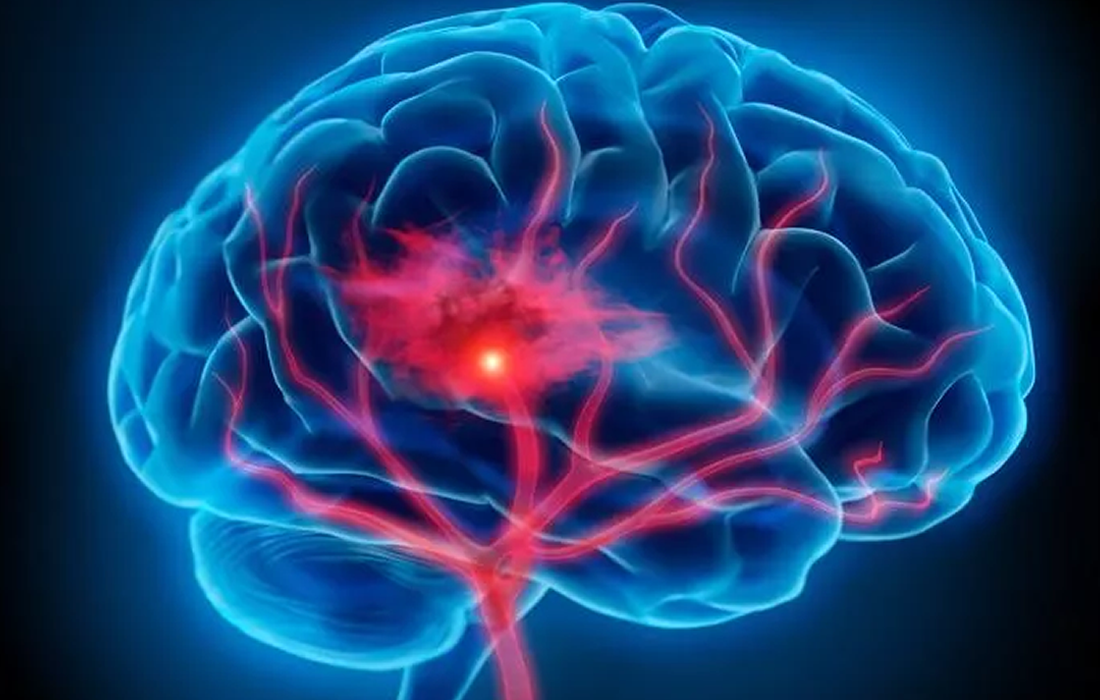Regenerative Medicine News and General Information
New Approach to Dementia Treatment with Infrared Light Therapy
Scientists from the United Kingdom recently published a pilot study in the journal Photomodulation, Photomedicine, and Laser Surgery. They were investigating infrared light as a treatment for various brain conditions. They used a special helmet in middle-aged people with mild cognitive impairment and found that the treatment improved memory, processing skills and motor function.
The scientists designed these special helmets that include light therapy, known as photobiomodulation (PBM) devices, that could be used at home by patients. They hope that this new piece of technological equipment could benefit people living with dementia.
What is Photobiomodulation?
PBM is a treatment that typically uses red or near-infrared light to elicit a response in cells and tissues. Research into PBM stretches back to the 1960s, when scientists were using newly invented — at that time — lasers. The main uses for the therapy were wound healing and pain reduction.
There are numerous examples of light induced photochemical reactions in biological systems. Our vision is based upon light interacting with photosensitive cells in our retinas called photoreceptors. When light is absorbed by these cells, a photochemical reaction occurs converting light energy into electrical signals that are transmitted to the visual processing centers of the brain. Vitamin D synthesis in our skin is another example of a photochemical reaction. When the ultraviolet B (UVB) wavelength in sunlight strikes our skin, it converts a universally present form of cholesterol, 7-dehydrocholesterol to vitamin D3.
Photobiomodulation (PBM) is the term used to describe the mechanistic/scientific basis for this photonic specialty and photobiomodulation therapy (PBMT) as the term for its therapeutic application.
How Does PBM Work?
To explain how PBM works on the body, it is necessary to dive deep into the biology of human cells. Inside these cells are small bean-shaped structures called mitochondria.
Mitochondria generate most of the energy that cells need to perform their functions. The mitochondria store this energy in the form of a chemical called adenosine triphosphate (ATP). During the treatment, light particles (photones) enter the body and interact with the mitochondria and ATP levels increase. Increasing ATP in the cell may help the cell restore function.
Research Results
The new technology used in the research uses a wavelength of 1,068 nanometers and is designed for a person to wear in their own home. The researchers recruited middle-aged participants with mild cognitive impairment from across Spain and the U.K. They then randomized the participants to receive either the study treatment or a placebo treatment. The groups were age-matched.
Each participant received a Cerebrolite helmet and instructions. The researchers asked them to use it for 6 minutes twice daily for 28 days. Reassessments took place 3 and 28 days later, on 3 separate days again. The research included 27 individuals, 14 in the treatment group and 13 in the placebo group.
In the treatment group, the researchers identified statistically significant improvements in the following categories:
- Overall performance.
- Mathematical processing — working memory.
- Delayed memory.
- Tapping — right-hand motor function.
The researchers concluded that PMB therapy is a promising new approach to improve memory in healthy middle-aged individuals and hope that the technology could be used for the treatment of Alzheimer’s disease and other types of dementia.
Sources:
Debbie Lambert (2021, Oct 22) Infrared light therapy: A new approach to dementia? Medical News Today. Retrieved from:
https://www.medicalnewstoday.com/articles/infrared-light-therapy-a-new-approach-to-dementia
Juanita j. Anders, PhD. (2016 Jun 27). Photobiomodulation. American Society for Laser Medicine & Surgery, Inc. Retrieved from:
https://www.aslms.org/for-the-public/treatments-using-lasers-and-energy-based-devices/photobiomodulation
Image from:
https://www.kcl.ac.uk/news/cellular-hotspots-in-the-brain-may-signify-the-earliest-signs-of-cancer

